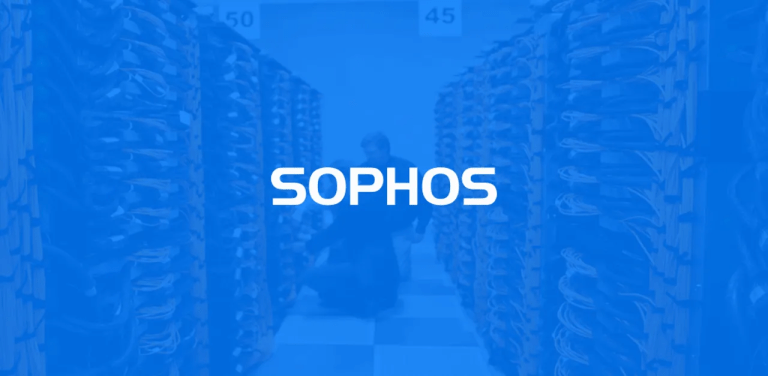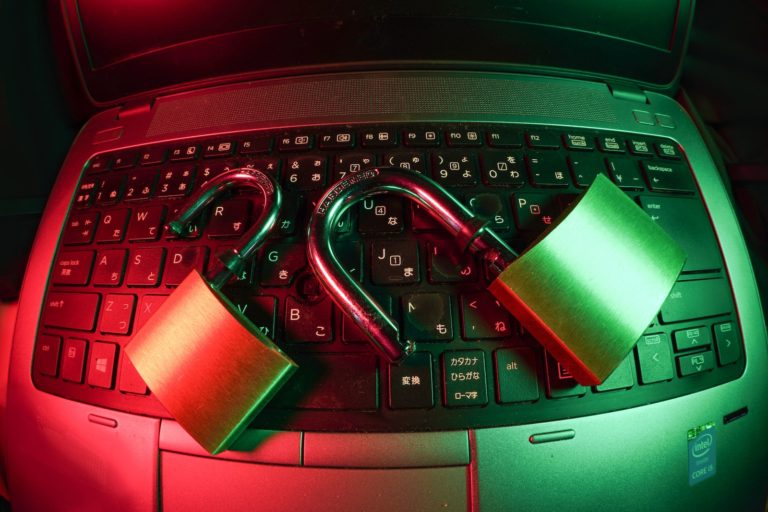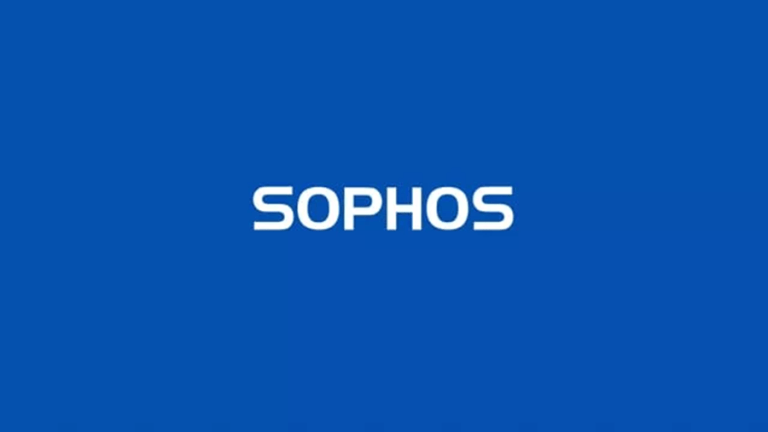7 Best Practices to Keep Your Social Media Safe & Private

For an organization or individual, social media offers a plethora of opportunities to promote and expand a brand.
Social media, a powerful form of communication that uses the internet, can provide any organization with a strong global presence.
Most businesses believe they need a social media presence because these platforms and apps have billions of users and an audience of millions of potential prospects, customers, partners, employees, and advocates.
Social media platforms allow representatives of an organization and their followers to interact by sharing information, exchanging feedback, and creating content.
Balancing “Social” and “Security” Concerns
Social media can help to increase brand awareness and public engagement. It enables a less-expensive form of advertising in a non-traditional manner. There are numerous types of social media, ranging from blogs to photo-sharing sites to instant messaging or video-sharing portals, among others.
Social media, like almost every other form of new technology, has its drawbacks. One disadvantage of using social media is that it can put users at risk by opening insecure pathways or tunneling beneath traditional cybersecurity.
Individuals and organizations can be harmed by a lack of social media security. Fortunately, most of the best tips for protecting yourself online and on social media are simple to implement.
Here are seven of the best security practices for staying safe on social media:
1. Enable MFA (Multi-Factor Authentication)
Multi-factor authentication is a simple security measure that requires users to provide two or more authentication factors in order to access an application, account, or virtual private network (VPN). It makes gaining access to your account exponentially more difficult for threat actors.
MFA adds additional security layers to combat more sophisticated cyberattacks, even after credentials or identities have been stolen, exposed, or sold by third parties. MFA is already used by the majority of email providers, larger social media companies, and financial institutions. The key here is to be aware of when it is available and to always take advantage of it.
2. Passwords should not be reused
Simply put, use a unique password for each account. If one account is hacked, this prevents other accounts from being easily accessed.
This can be difficult because people who are internet savvy and online oriented typically have a plethora of accounts. Creating and remembering unique passwords for each of them is simply impossible.
To keep track of multiple passwords, use a password management tool. Automatically, iOS provides a password management tool that can keep track of hundreds of different passwords.
Another good practice is to ensure that passwords are difficult to guess and secure against hackers – always include a capital letter and a number. Include a special character, such as “@,” in your password to make it even more secure.
3. Update Security Settings Across Platforms on a Regular Basis
Keep an eye on social media platform security settings to ensure they are always up to date and at the most stringent level.
Unupdated software is easier for hackers to break into because it lacks the most up-to-date security measures.
4. Reduce Unknown Threats by Narrowing Connections
This next tip is entirely social: be selective about the types of people and entities you connect with on social media platforms.
Examine each connection carefully and avoid affiliating with those who appear dishonest or suspicious. Social media and the internet, like the real world, are dangerous places for those who are overly gullible or trusting.
5. Keep an eye out for security risks on social media
Keep an eye out for threat news on specific social media platforms and respond appropriately.
If you become aware of vulnerabilities or hacking incidents, take care of your accounts and address any issues that could lead to breaches or hacks.
6. Discover What a Phishing Attack Looks Like
Maintain vigilance and educate yourself on the latest types of phishing attacks.
Always be skeptical if someone contacts you unexpectedly via social media or email, or if you receive strange Proofs of Payment or other unrequested documents. It’s almost always a trap.
7. Look Out for Spoofs of your Account
Keep an eye out for attempts at brand impersonation. Report violations to the social media platform administrators as soon as possible, and notify your followers as well.







